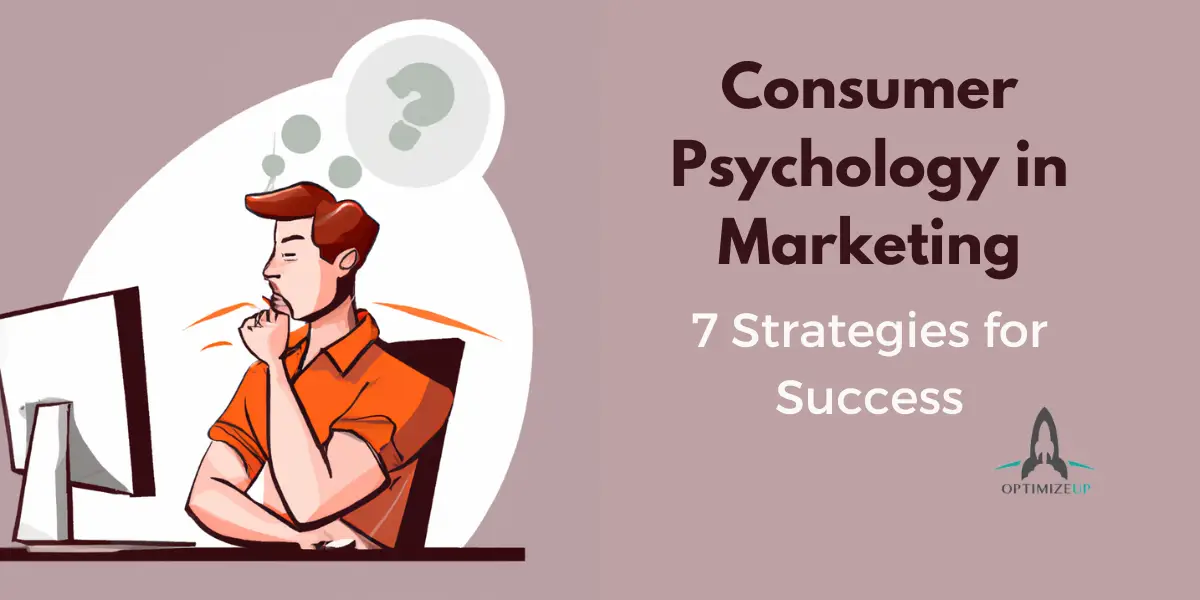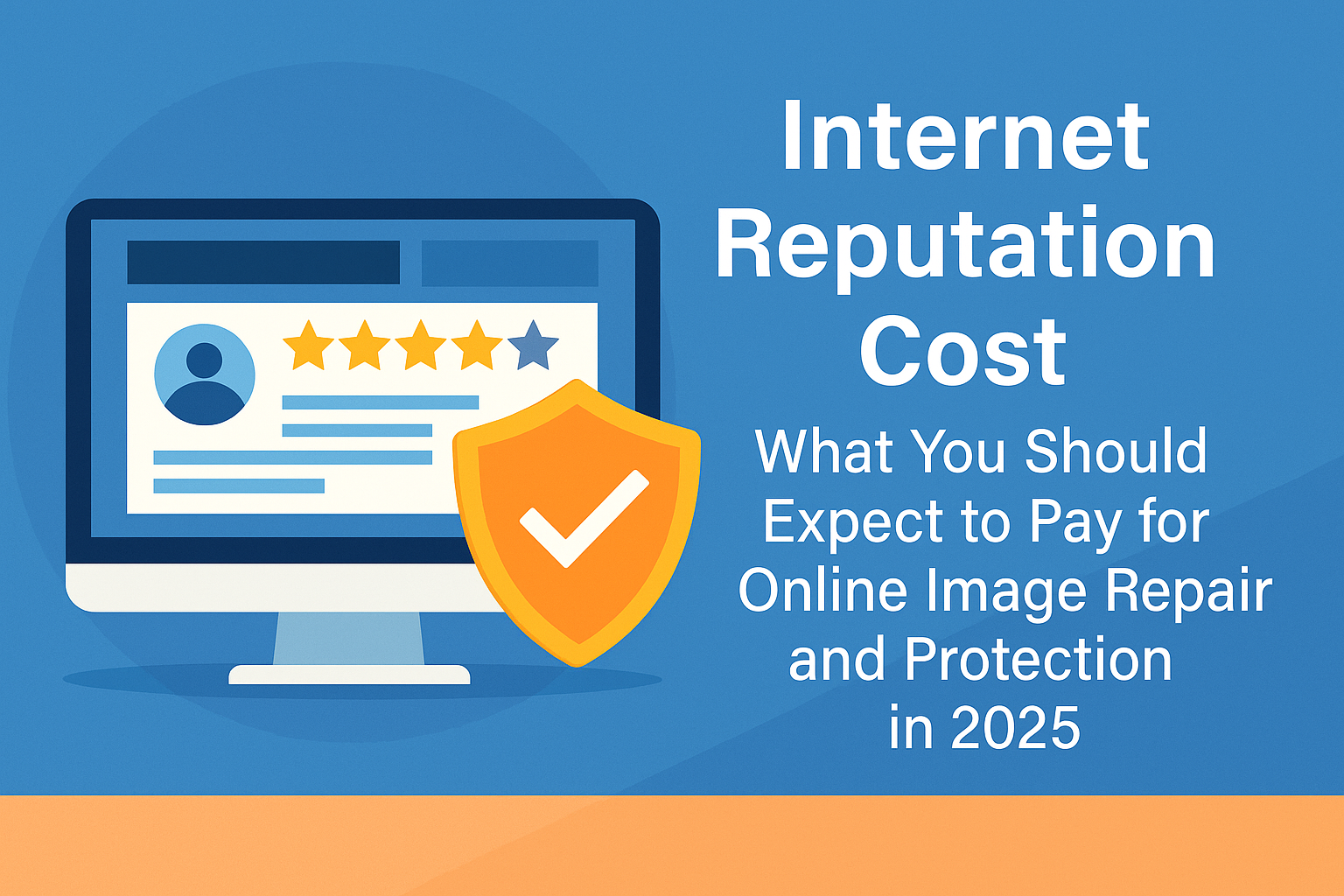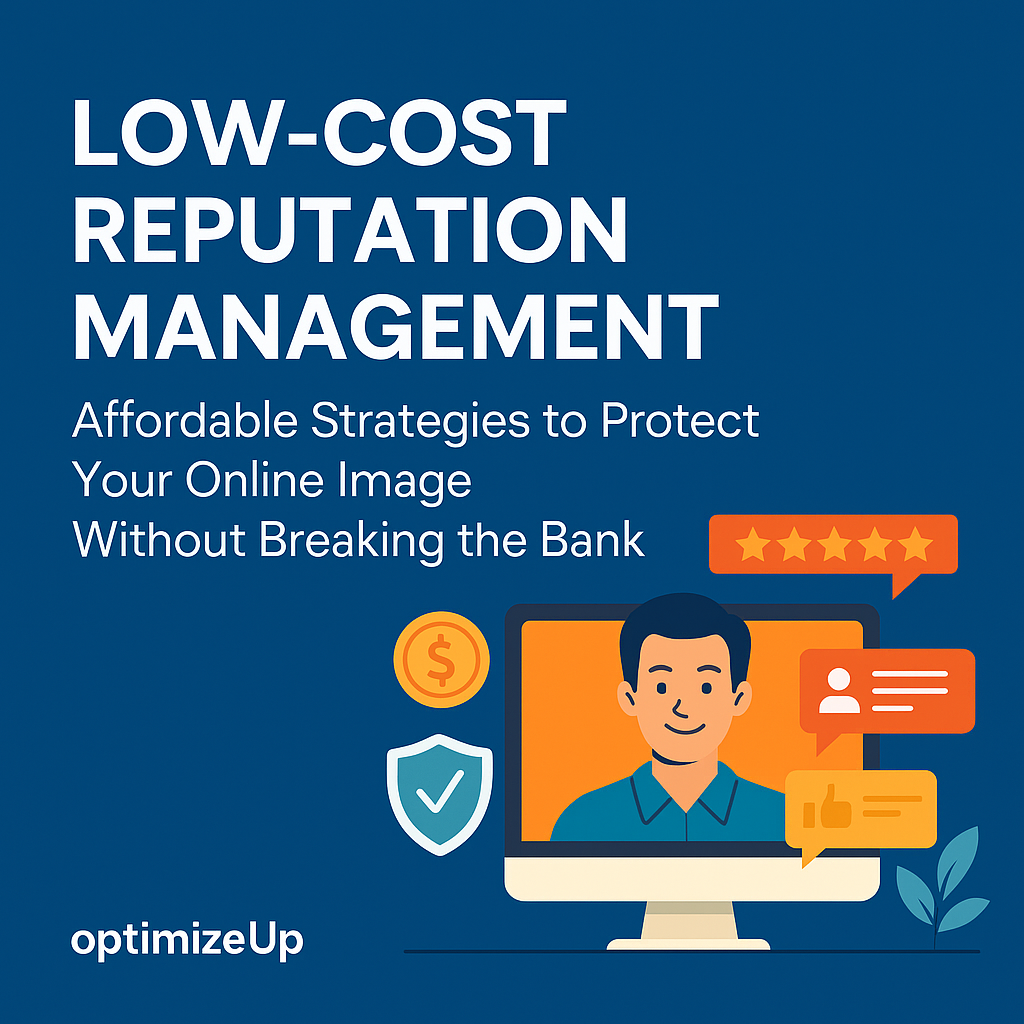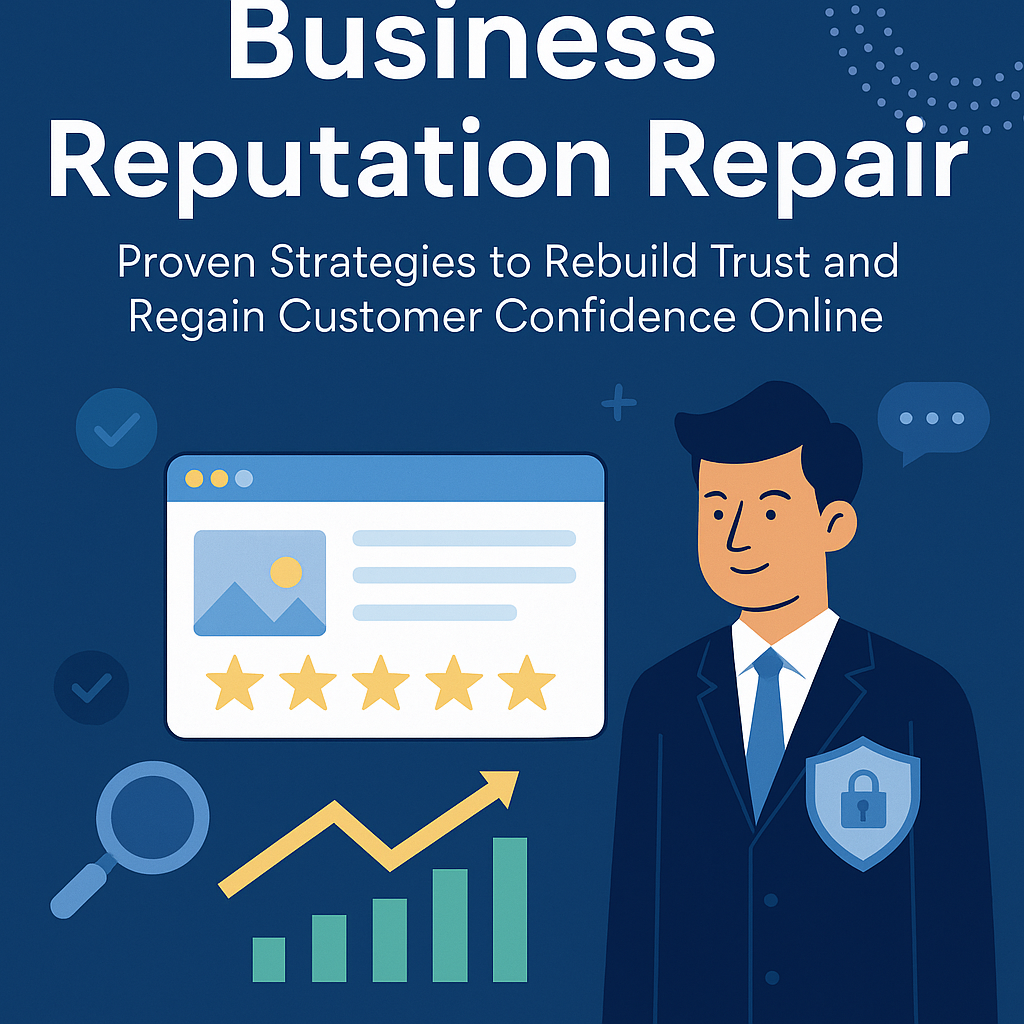Have you ever wondered what makes consumers tick? How do they make decisions when it comes to purchasing products or services? The answer lies in the fascinating world of consumer psychology. By understanding the cognitive processes and behaviors that influence consumers, marketers can unlock a powerful tool for success. In this blog post, we will explore 7 strategies for leveraging consumer psychology in your marketing efforts and driving business growth. Get ready to dive into the minds of your customers and learn how to connect with them on a deeper level!
Introduction: Explanation of consumer psychology and its importance in marketing
Consumer psychology is the study of how individuals make decisions when it comes to purchasing goods and services. It involves understanding the behavior, motivations, and preferences of consumers in order to effectively market products or services to them. In today’s highly competitive marketplace, having a deep understanding of consumer psychology has become essential for businesses seeking success.
Marketing strategies that are based on consumer psychology can help companies better understand their target audience and create more effective marketing campaigns. By analyzing consumer behavior and decision-making processes, businesses can tailor their messaging, product offerings, and overall branding to appeal directly to their target consumers.
One important aspect of consumer psychology is the concept of emotional response. Research has shown that emotions play a significant role in driving purchasing decisions. Consumers often make buying choices based on how they feel about a product or brand rather than solely on logical reasoning. By tapping into these emotions through effective marketing techniques, businesses can influence consumers’ buying decisions.
Another key aspect of consumer psychology is the power of social influence. People tend to be influenced by those around them when making purchasing decisions. This includes recommendations from friends and family, as well as social media influencers who have gained trust and credibility within their niche markets. By understanding this aspect of consumer psychology, businesses can leverage word-of-mouth marketing strategies by building strong relationships with customers and utilizing influencer partnerships.
Additionally, consumer psychology also encompasses the study of cognitive biases – mental shortcuts people use when making decisions – which can heavily impact buying behaviors. Some common cognitive biases include loss aversion (the tendency to avoid losses over acquiring gains) and confirmation bias (the tendency to seek out information that confirms preexisting beliefs). Understanding these biases allows marketers to craft messages that resonate with consumers’ thought patterns.
Incorporating principles from consumer psychology into marketing strategies is crucial for any business looking to succeed in today’s fast-paced marketplaces. By studying the behavior, motivations, and preferences of consumers, businesses can create more effective marketing campaigns that appeal specifically to their target audience. In the following sections of this article, we will explore some strategies for using consumer psychology to unlock the full potential of your marketing efforts.
Understanding the Consumer Mindset: Factors that influence consumer behavior and decision-making
1. Understanding the Consumer Mindset: Factors that influence consumer behavior and decision-making
Consumer psychology is a crucial aspect of marketing that focuses on understanding the mindset and behavior of consumers in order to effectively promote products or services. It involves studying various psychological factors that influence consumer decision-making, such as perception, motivation, emotions, and social influences.
1.1 Perception
Perception refers to how individuals interpret and make sense of information from their surroundings. In the context of consumer behavior, perception plays a significant role in influencing purchase decisions. Consumers are bombarded with countless advertisements and marketing messages every day, and their perception filters out irrelevant information while paying attention to what they deem important.
Marketers can leverage this by creating visually appealing and attention-grabbing advertisements that stand out among the rest. The use of color, images, fonts, and other visual elements can greatly impact how consumers perceive a brand or product.
1.2 Motivation
Motivation is another key factor that drives consumer behavior. People are motivated by different needs such as physiological (hunger), safety (security), belongingness (social acceptance), esteem (status), and self-actualization (personal growth). These needs can be leveraged by marketers to create campaigns or products that fulfill them.
For example, food companies often use hunger as a motivator by showcasing mouth-watering visuals or emphasizing the satisfying taste of their products. On the other hand, luxury brands appeal to consumers’ desire for status and prestige through their high-end products.
1.3 Emotions
Emotions play a powerful role in influencing consumer behavior as they often drive impulsive buying decisions. A happy mood can lead someone to indulge in comfort foods or splurge on luxury items while stress may prompt someone to seek retail therapy.
Marketers can tap into emotions by incorporating storytelling into their campaigns or evoking specific feelings through visuals, music, or messaging. By triggering emotional responses in consumers, brands can create a deeper connection and build brand loyalty.
1.4 Social Influences
The behavior of others around us has a significant impact on our own decision-making. This is known as social influence, where individuals are influenced by the actions or opinions of their peers or reference groups.
Marketers can harness this influence by utilizing social proof tactics such as user-generated content, influencer marketing, and customer reviews. People tend to trust recommendations from friends and family or those they perceive as authoritative figures, making these tactics effective in persuading consumers to try a product or service.
Understanding consumer psychology is essential for marketers to effectively tap into the desires and motivations of their target audience. By considering factors such as perception, motivation, emotions, and social influences, businesses can create targeted marketing strategies that resonate with consumers and drive success.
The Power of Emotions: How emotional appeals can impact consumer buying decisions
Consumer psychology plays a significant role in marketing strategies, and one crucial aspect of it is understanding the power of emotions. Emotions are an essential part of human behavior and can greatly influence consumer buying decisions. In fact, studies have shown that emotions play a more significant role in decision-making than logic or rational thinking.
Emotional appeals are tactics used by marketers to trigger specific emotions in consumers and persuade them to make a purchase. These appeals tap into the psychological needs and desires of consumers, making them feel connected to the product or service being marketed. This connection can be powerful as it creates a bond between the consumer and the brand, leading to increased loyalty and repeat purchases.
One way emotional appeals impact consumer buying decisions is through creating a sense of urgency. Marketers often use phrases like “limited time offer” or “while supplies last” to create a fear of missing out (FOMO) among consumers. This emotional appeal leverages on people’s desire for exclusivity and prompts them to make quick purchasing decisions before the opportunity passes.
Another emotion that can drive buying decisions is happiness. Marketers often use positive imagery, vibrant colors, and uplifting messages in their campaigns to evoke feelings of joy and contentment among consumers. For example, Coca-Cola’s iconic ads featuring happy people drinking their soda aim to create positive associations with their brand.
On the other hand, negative emotions such as fear can also be used as an effective emotional appeal in marketing. Fear appeals capitalize on people’s anxieties about potential risks or problems they may face if they do not use a particular product or service. Insurance companies often use this tactic by highlighting worst-case scenarios without their coverage.
In addition to creating specific emotions, emotional appeals also help brands establish an emotional connection with their target audience. People tend to remember experiences that evoke strong emotions more vividly than neutral ones. Therefore, by tapping into people’s emotions through advertising, brands can create lasting impressions and build a strong emotional bond with consumers.
It is essential for marketers to understand the power of emotions in consumer buying decisions and use it ethically. Emotional appeals that are misleading or manipulative can harm a brand’s reputation and lead to negative consumer reactions. Instead, brands should focus on creating authentic emotional connections with their target audience by understanding their needs, desires, and motivations.
Emotions play a crucial role in consumer behavior and can significantly impact buying decisions. Marketers who effectively use emotional appeals in their campaigns can create strong connections with consumers, increase brand loyalty, and drive sales. However, it is important to strike a balance between appealing to emotions and maintaining ethical standards in marketing practices.
Branding and Identity: Utilizing psychology to create a strong brand image and connection with consumers
Branding and identity play a crucial role in the success of any marketing strategy. In today’s highly competitive market, it is not enough for a brand to have a recognizable logo or catchy slogan. Consumers are constantly bombarded with advertisements and marketing messages, making it difficult for brands to stand out from the crowd. This is where consumer psychology comes into play.
Consumer psychology involves understanding how individuals think, feel, and behave when making purchasing decisions. By utilizing psychological principles in branding and identity, marketers can create a strong brand image that resonates with consumers on a deeper level.
One of the key elements of branding and identity is creating a brand personality. Just like individuals, brands also have distinct personalities that consumers can relate to. This personality should be consistent across all aspects of the brand – from its visual elements to its messaging tone.
To create an effective brand personality, marketers must first understand their target audience’s values, beliefs, and behaviors through extensive research and analysis. By aligning the brand’s personality with these factors, it becomes more relatable and appealing to consumers.
Another important aspect of branding and identity is creating a strong emotional connection with consumers. Emotions heavily influence purchasing decisions – people tend to buy products that make them feel good or fulfill their emotional needs. Marketers can tap into this by using color psychology in their branding – certain colors evoke certain emotions in people.
For example, red symbolizes energy and passion while blue conveys trustworthiness and reliability. By carefully choosing colors for their logos, packaging, and advertising materials, brands can create an emotional appeal that attracts consumers on a subconscious level.
Aside from color psychology, incorporating storytelling into branding can also help establish an emotional connection with consumers. Storytelling allows brands to humanize themselves by sharing relatable experiences or values that resonate with their target audience.
In addition to emotional appeal, consistency is vital in creating a strong brand image. Brands must stay true to their core values, messaging, and visual elements across all marketing channels. This consistency helps consumers recognize and remember the brand, building trust and loyalty over time.
Utilizing consumer psychology in branding and identity can greatly enhance a brand’s image and connection with consumers. By understanding the target audience’s values and behaviors, creating a strong emotional appeal, and maintaining consistency, brands can successfully stand out in a crowded market and attract loyal customers.
Social Proof and Influence: Leveraging social validation and influence to boost sales
Social proof and influence are powerful tools that can be leveraged to boost sales in any marketing strategy. This concept, rooted in consumer psychology, refers to the tendency of individuals to conform to the actions or opinions of others in social situations. In other words, people are more likely to make a purchase if they see others doing the same.
One way to utilize social proof is through customer testimonials and reviews. Positive reviews from satisfied customers act as a form of social validation for potential buyers. It shows them that others have had a positive experience with your product or service, making it more desirable and trustworthy. Including these testimonials on your website or social media pages can significantly impact the decision-making process of consumers.
Another effective method is through influencer marketing. Influencers are individuals who have a significant following on social media platforms and can sway their audience’s purchasing decisions. By collaborating with influencers who align with your brand’s values and target audience, you can tap into their influence and reach a larger pool of potential customers.
Social media platforms also offer opportunities for businesses to showcase real-time engagement with their products or services through user-generated content (UGC). UGC refers to any content created by consumers about a particular brand or product, such as photos, videos, or reviews. Sharing UGC on your social media pages not only serves as social proof but also creates a sense of community around your brand.
Another way to leverage social proof is by showcasing endorsements from industry experts or celebrities. These individuals hold authority in their respective fields and can influence their followers’ opinions and buying behavior. Endorsements from credible sources can add credibility and trustworthiness to your brand, encouraging potential customers to make a purchase.
Utilizing scarcity tactics is another effective way to leverage social proof in marketing strategies. The fear of missing out (FOMO) has proven time and again to be an influential motivator for consumers. Limited edition products, flash sales, or exclusive discounts create a sense of urgency and scarcity, making consumers feel the need to act quickly before missing out on a deal or product.
Social proof and influence are powerful psychological triggers that can significantly impact consumer behavior and drive sales. By incorporating these strategies into your marketing efforts, you can tap into the innate human desire for social validation and leverage it to boost your brand’s success.
Scarcity and Urgency: Using scarcity tactics to create a sense of urgency in
Scarcity and urgency are powerful psychological triggers that can be strategically used in marketing to create a sense of urgency among consumers. These tactics tap into our innate fear of missing out (FOMO) and the desire for exclusivity, making us more likely to take action and make a purchase.
One way scarcity is commonly used in marketing is through limited-time offers or promotions. When consumers see that there is only a limited amount of time to take advantage of a deal, they feel a sense of urgency to act quickly before it’s too late. This creates a competitive environment where individuals may feel like they have to act fast in order to secure the deal before others do. Limited-time offers also play on our desire for instant gratification – if we don’t act now, we might miss out on something desirable.
Another tactic is creating scarcity through limited availability. For example, using phrases like “while supplies last” or “only X left in stock” can create a sense of urgency and scarcity around a product. Consumers may feel like they need to act quickly before the item runs out or becomes unavailable again. This strategy works particularly well for products with high demand or those that are exclusive or hard-to-find.
Similarly, creating an artificial shortage by limiting the number of items available can also drive up demand and create a sense of urgency among consumers. This can be seen in industries such as fashion and luxury goods, where limited edition items are highly sought after due to their rarity.
Urgency tactics can also be used by highlighting time-sensitive events or deadlines associated with a product or service. For example, promoting an event with early-bird discounts encourages people to register right away in order to save money before prices increase. Similarly, offering flash sales where prices will go up after a certain period further fuels the sense of urgency among consumers.
While scarcity and urgency tactics can be effective in driving sales, it’s important for marketers not to overuse them. If consumers feel like these tactics are being used too frequently, they may become desensitized and lose their effectiveness. It’s also essential to ensure that the scarcity is genuine – if consumers find out that the “limited” product or offer is actually always available, it can damage trust and credibility.
Scarcity and urgency are powerful tools in marketing that tap into our innate psychological traits of FOMO and desire for exclusivity. By strategically using these tactics, marketers can create a sense of urgency among consumers and drive sales. However, it’s important to use them ethically and sparingly in order to maintain their effectiveness.





